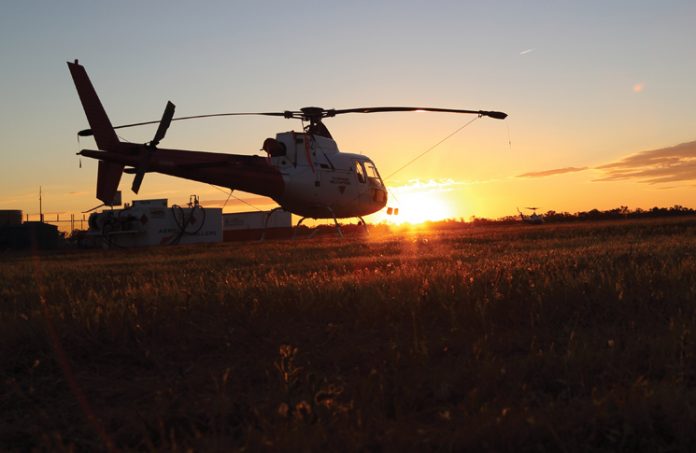1. A low-inertia rotor system is characterised by:
- a large number of heavy blades
- a small number of heavy blades
- blades with tip weight
- modern lightweight composite blades
2. The certification delay time for the pilot to react and lower the collective in the cruise is to allow for the pilot to:
- be fully attentive at all times
- do other aircraft tasks and take time to recognise an engine failure
- always keep their hand on the collective
- not have to lower the collective
3. When the engine fails, rotor RPM will decrease due to:
- reducing forward airspeed
- no driving force to overcome blade drag
- the windmill effect
- the driven force
4. If a rotor system RPM is allowed to decrease:
- the glide can be stretched
- the endurance can be increased
- the RPM may not recover and ‘stall’
- the aircraft is more controllable
5. In steady state autorotation, the rotor RPM is maintained by:
- the windmill effect
- the forward airspeed
- the engine
- the air coming down through the disc
6. Lowering the collective will cause the rotor disc to:
- decrease RPM
- flap back
- maintain RPM
- flap forward
7. In autorotation, decreasing airspeed will cause the disc to:
- decrease RPM
- flap back
- maintain RPM
- flap forward
8. Entry to autorotation requires the coordinated use of:
- collective
- throttle
- collective and pedal
- collective and cyclic
9. The speed at which an engine failure occurs affects:
- how much cyclic flare is required
- what the steady state autorotation decent rate is
- what the autorotation range is
- how much the collective needs to be lowered
10. The control utilised to maintain rotor RPM in steady state autorotation is:
- pedal
- cyclic
- collective
- throttle
Answers:
- (d)
- (b)
- (b)
- (c)
- (a)
- (d)
- (d)
- (d)
- (a)
- (c)


